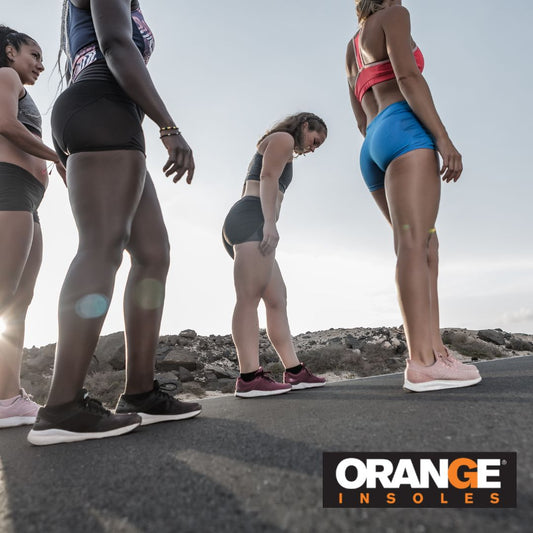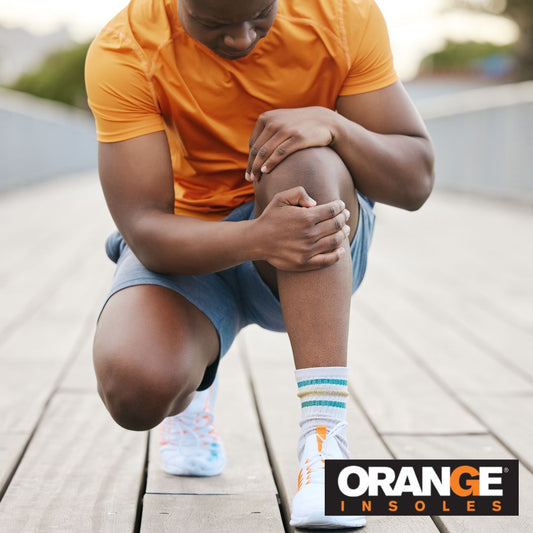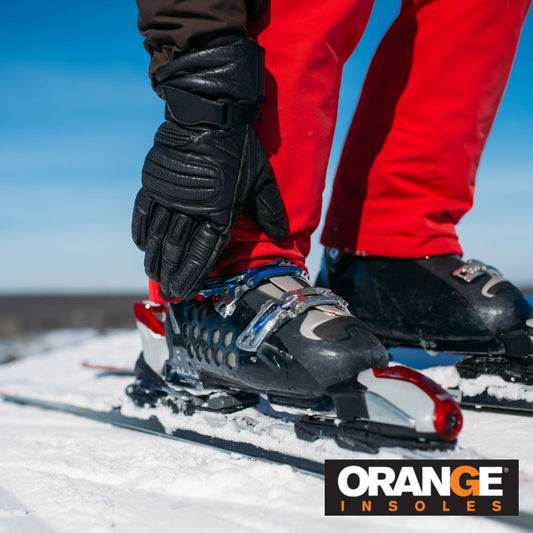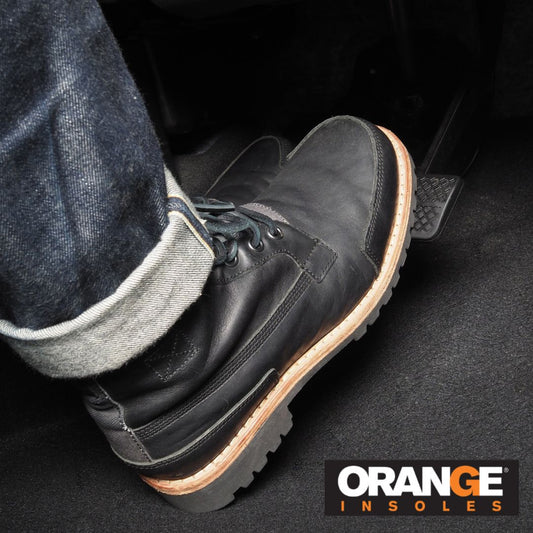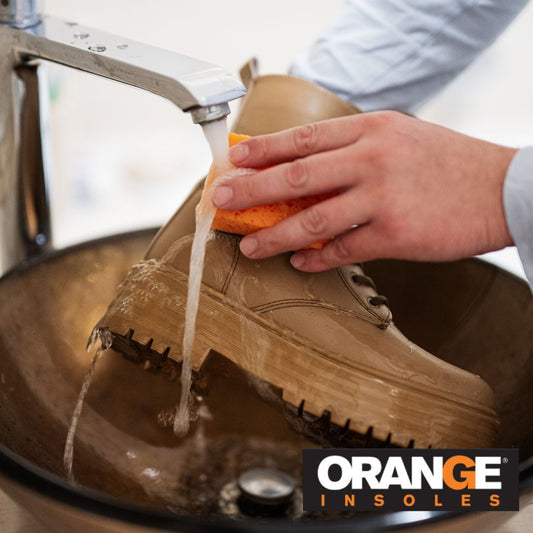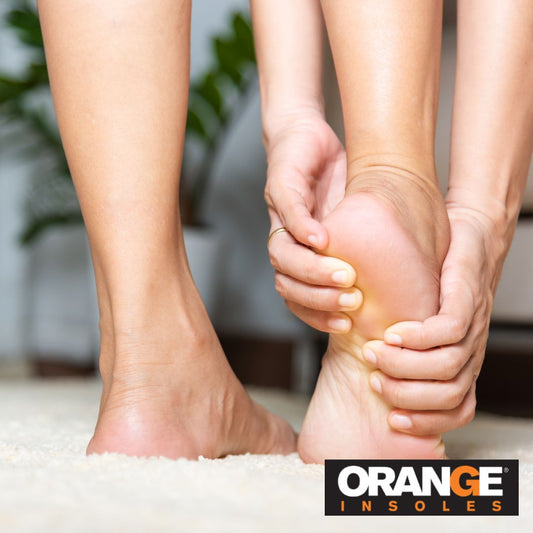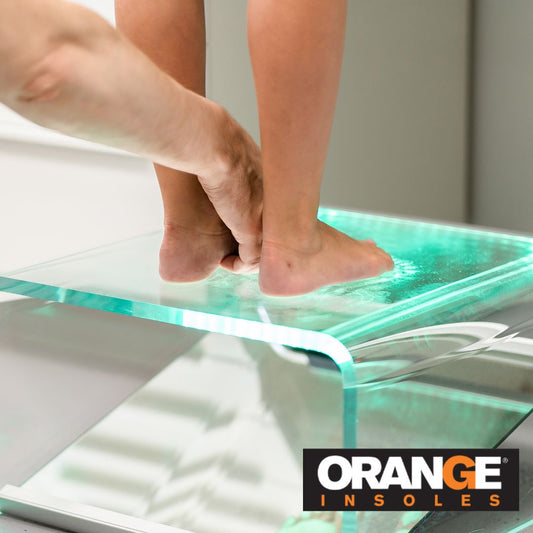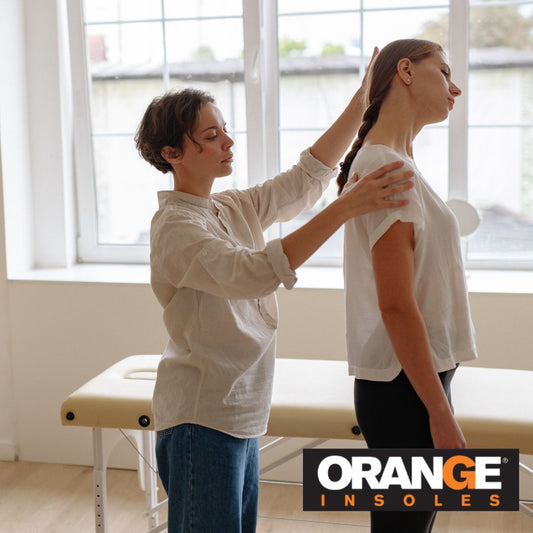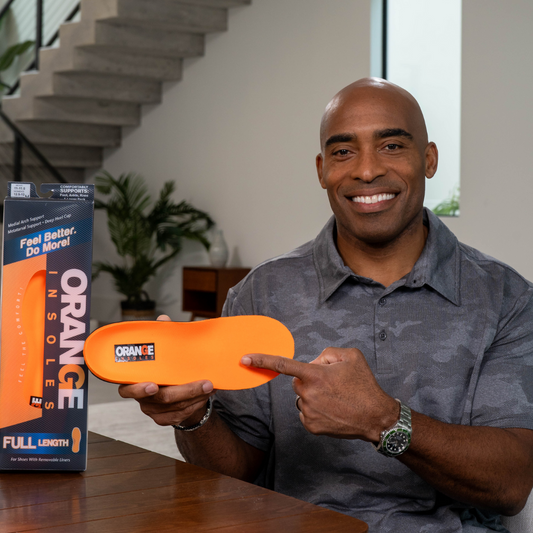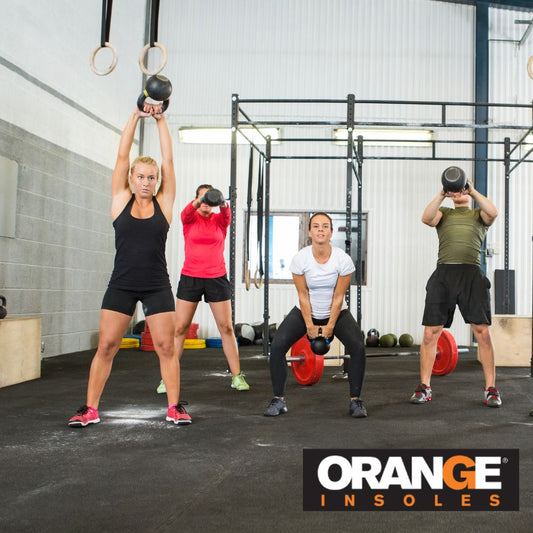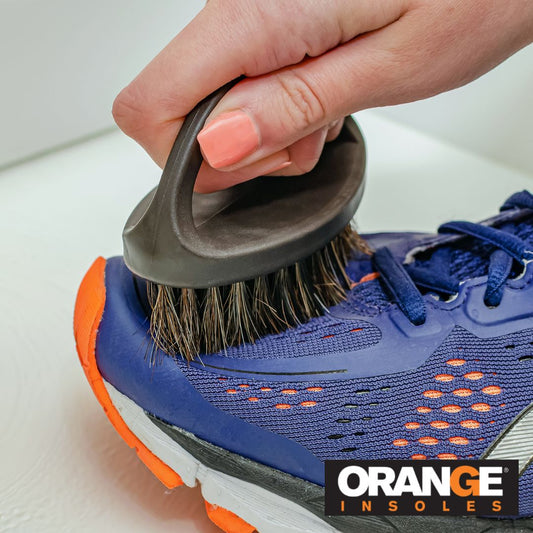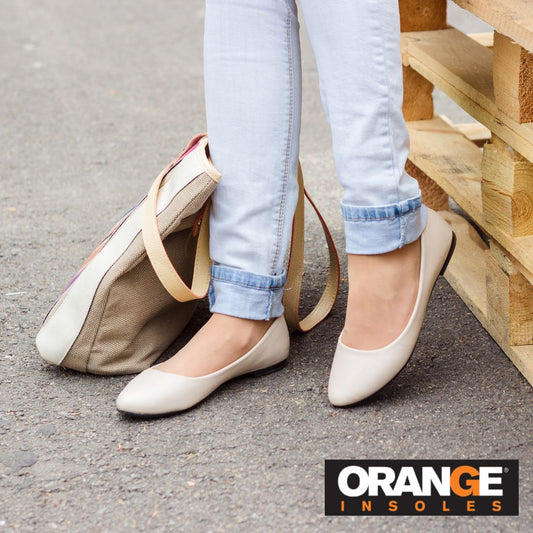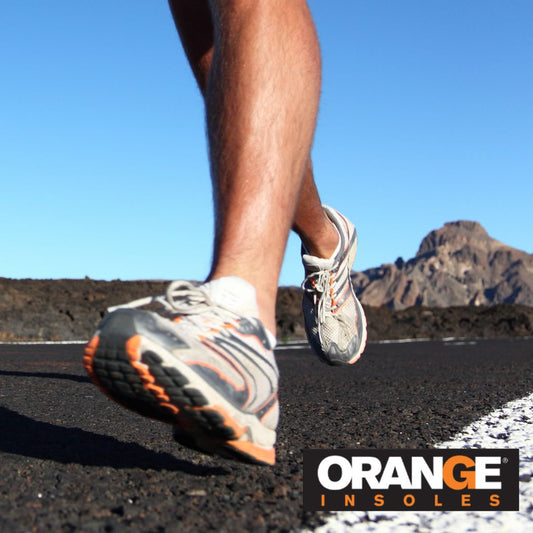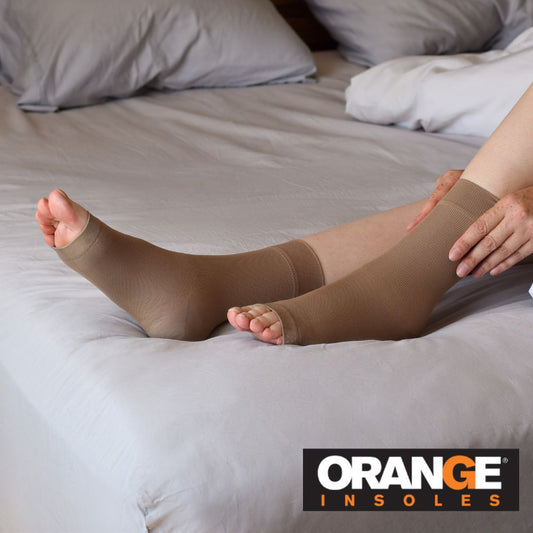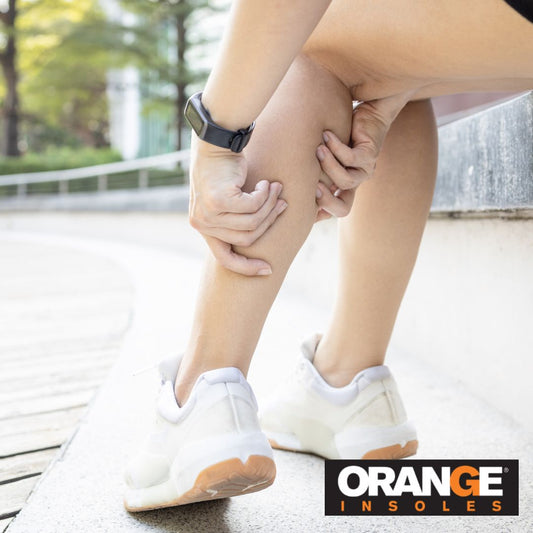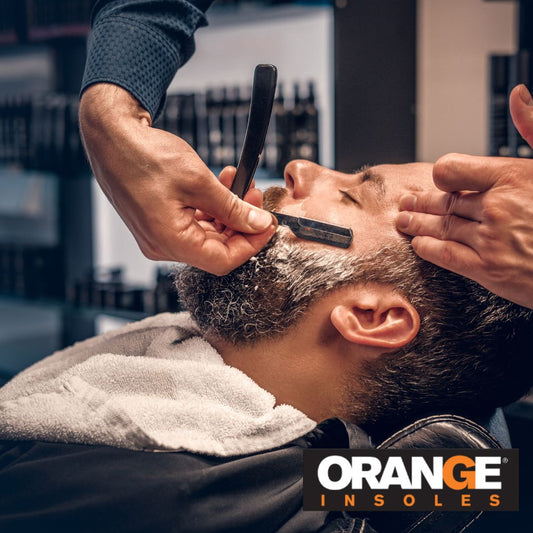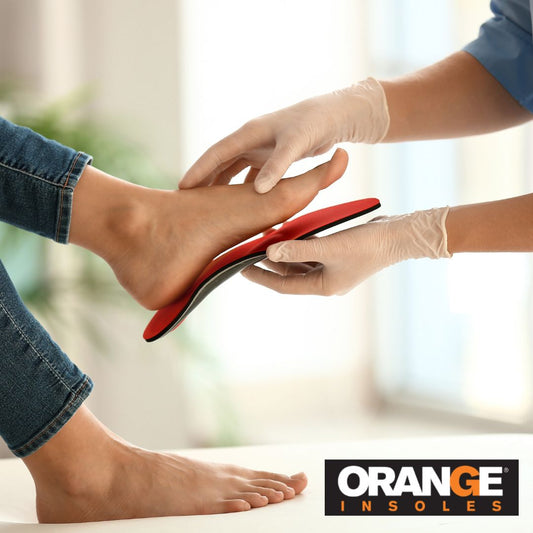Running is a high impact activity. It can be jarring to the body if done incorrectly. It’s important to choose the right shoes for running… but it’s just as important to work on how to run. Those who avoid proper running form do so at their own peril.
Because running places different stresses on the body than walking or standing, it’s important to understand the common ways that runners expose themselves to higher risk of injury and fatigue.
Let’s explore the world of proper running form, and learn how form, support, and shock absorption all play a critical role in the health and well-being of those who run.
What Is Proper Running Form?
There are 3 keys to a good running form: posture, lean, and stride. Let’s take a look at each one individually:
Step #1: Mind Your Posture
Before and while running, make sure that you are holding yourself in a good posture. Keep yourself set straight, so that you are nice and tall.
Make sure that you aren’t slumped over. You don’t want to be bent at the neck, shoulders, or waist. Keeping yourself slumped inaccurately distributes weight in your body and puts yourself at further risk of injury of fatigue.
Here’s a tip: to reset your posture when getting ready for a run or walk, pull your hands above your head. It will straighten your body. Hold that pose, drop your hands, and you have your optimal posture!
Step #2: Use Forward Momentum
As you move forward to fall into your preferred running pace, lean forward slightly. The idea is that, by leaning the correct way, gravity will help keep you moving forward. Your weight will be shifted where it should be, and you won’t need to overcorrect your gait.
Make sure that you don’t bend at the waist. You’ll want to use your ankles to keep your alignment completely straight while taking advantage of gravity to keep you moving.
Step #3: Don’t Over-Stride
Many running problems arise from a common issue: taking strides that are too long.
If you over-extend your stride, your knee locks up mid-stride. This has the effect of slamming your heel down to the ground, instead of allowing for a more natural impact.
That jerky lock-slam effect acts as a braking mechanism. It slows you down. It jarrs the body, which increases your chance of injury.
Make sure that you are walking with strides that are the appropriate length for your height, and that you are able to land softly on your heel. The correct amount of knee bend is critical in terms of providing enough shock absorption to avoid injury.
When learning your ideal stride, try adding more steps into your pace. (We don’t mean run faster, but try and make more steps while keeping the same pace.) Doing this will naturally shorten your strides.
How Is Running Different Than Walking?
For those of you who’ve read our post on proper walking form, you may notice that these steps are eerily similar.
We’ll do you one better: they’re almost identical! The same basic principles are at work in both walking and running form. However, there are some distinct differences between running and walking that are important to understand.
More Impact
Runners experience more impact to their lower extremities than walkers do. Since walkers always are in contact with the ground, they don’t need to worry about the shock of impact quite as much as runners.
Runners have moments within their stride where both feet are not touching the ground. This means that, when they do land, they are driving the whole force of their body and their body’s forward momentum down with each stride.
This means that every step incurs a pretty big impact. (Around 5-12x a runner’s body weight worth of force!)
If your foot type tends to lead your gait toward overpronation, you also may be generating more torque as well, which can pull against your lower extremities and cause injury.
With greater force at play, it’s important to make sure that your footwear has the correct amount of support, to avoid overpronation, and shock absorption, to protect against impact.
Different Areas Of Impact
When you’re walking, your natural stride will move you to push off with your toe and land on your heel.
However, when you run, it’s ideal to land on the midfoot. Landing on the heel causes much more jarring impact on the body, especially if a runner over-strides and locks up their knees.
Here’s a little experiment you can try at home. Get up and start marching in place.
If you’re like most folks, you will very naturally place the force of impact in the middle of your foot. Pay attention to how that feels.
Now, keep marching, but make sure that you’re landing on your heel. You can feel the additional impact. Try switching to the forefoot. See how tiring that can get? Landing too far forward can cause fatigue and lead to issues like stress fractures, if a runner isn’t careful.
This is why runners should work on their form and make sure that they aren’t over-striding, which tends to shift impact to the heel. Be mindful of impact to help from aggravating injuries to the heel, knees, hips and back.
Want a great resource for working on your form? We recommend goodformrunning.com!
Don’t Forget About Support
With any type of movement, like proper running form, the key is to keep your lower extremities in the correct alignment so that they aren’t pulling muscles, tendons, and ligaments out of whack.
Pick good shoes that have a wide enough base for support and a contoured midsole that supports the arch while providing good shock absorption.
If your shoes lack the support you need to help avoid issues like overpronation and heel strike, Orange Insoles can help. Orange makes an insole to fit any style of shoe, (including running shoes!)
And with medial arch support, a heel cup, metatarsal pad and foam shock absorption, an Orange Insole can help keep your feet in the right place while you perfect your proper running form. Find an insole in your size!












